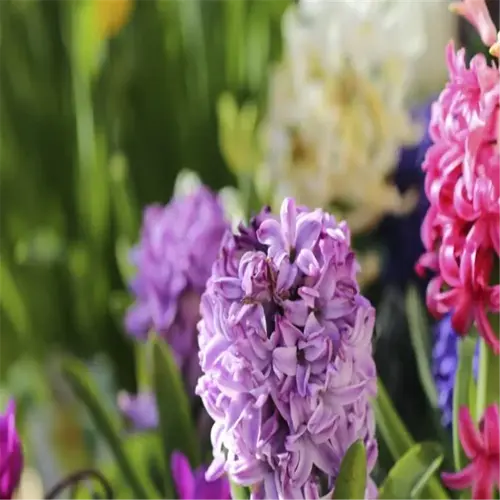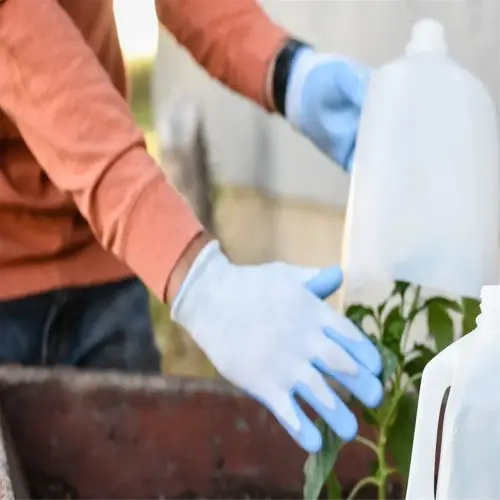What soil composition works best for raised beds?

Written by
Benjamin Miller
Reviewed by
Prof. Charles Hartman, Ph.D.Raised bed soil requires careful consideration; what works in the ground doesn't necessarily work as raised bed soil. Unlike native soils, the soil in your raised bed must drain quickly but must also hold nutrients. I have seen raised beds collapse when pure topsoil was used, but a mix of soil can yield three times as much produce in the same space. When determining soil mix, start with three non-negotiables: compost, aeration, and mineral base.
Compost
- Role: Fuels microbes and supplies nitrogen
- Sources: Mushroom, leaf, or manure composts
- Proportion: 40-50% of total volume
Aeration Materials
- Role: Prevents compaction and oxygenates roots
- Examples: Perlite, lava rock, or coarse bark
- Proportion: 25-35% of total volume
Mineral Base
- Role: Anchors nutrients and buffers pH
- Examples: Topsoil, biochar, or sand
- Proportion: 20-30% of total volume
Drainage is the secret to success. A client had some waterlogged carrots last season that grew just fine after we switched out the gravel for coarse wood chips in their base layer. Gravel will hold water, while wood chips hold moisture, decompose slowly, and allow airflow. If you want to test out drainage, pour a gallon of water when ready, it should disappear in under 2 minutes.
The difference separating a healthy bed from a struggling one is pH balance. Vegetables need a pH range of 6.2-6.8. I use crushed oyster shells to raise pH, and pine needles to lower it. I tested monthly for pH balance, and last August, I had a client's bed that was locked out of iron because their pH was measuring 6.9, so I went ahead and added elemental sulfur.
Every year, refresh beds using 20% new compost, combined with 5% worm castings. Replace soil once a year at most; a trial in 2022 demonstrated that refreshed soil outperformed new mixes by an average of 22% yield. This is a much more sustainable practice and has much lower costs, it retains the more active microbial networks the plants depend on when switching to new mixes.
Read the full article: 7 Expert Tips for Perfect Raised Bed Soil Every Time

